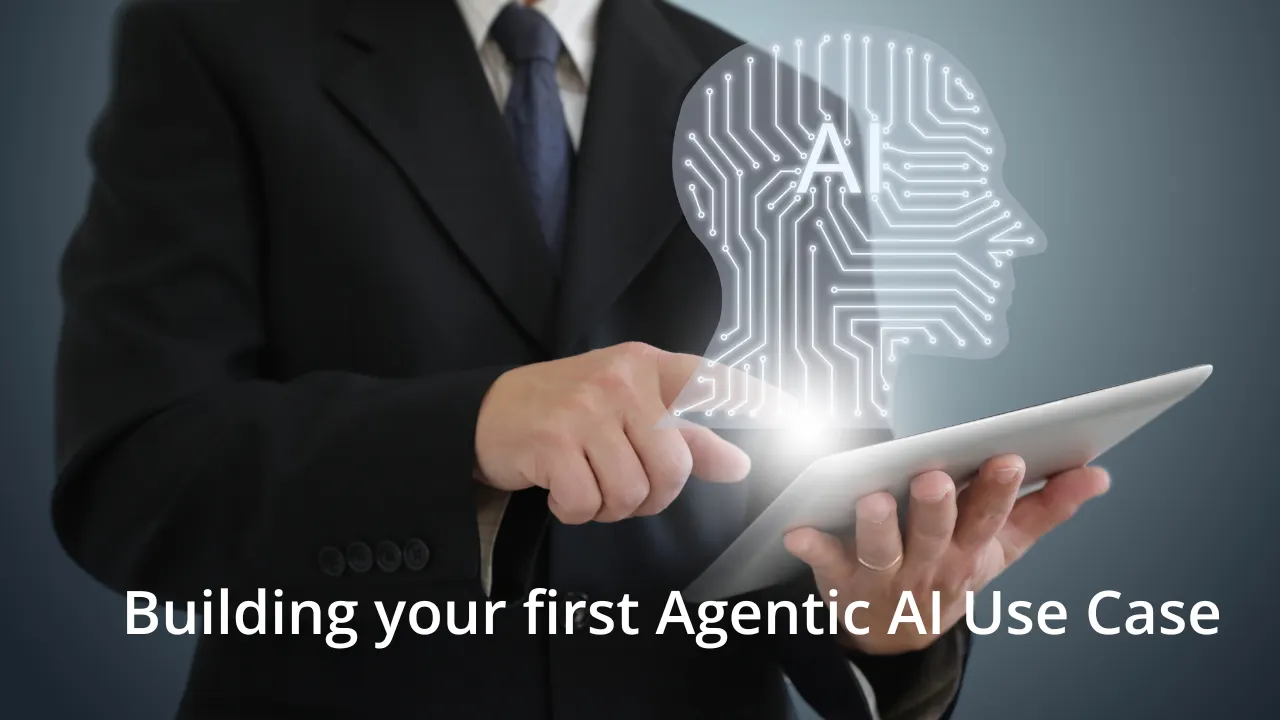In 2011, among the first were the Japanese Tsunami that wreaked havoc on the semiconductor and automotive industries and the Thailand floods, which drove computer and hard drive manufacturers to put on their fly fishing waders to determine how much damage they had incurred in their supply chains! Organizations have begun to think about how to find their ways in rugged ecosystems, and how to co-evolve with supply chain partners on whom they now rely for business continuity. In terms of actions, Robert Handfield Professor of Supply Chain Management at North Carolina State University and Director of the SCRC gave a presentation at the recent SCRC meeting. This post provides a brief overview on the 5 key concepts put forth by Robert Handfield.
1) Engaging with stakeholders.It is critical for organizations to really understand core business drivers, above and beyond cost, that are important to business stakeholders. Stakeholders rarely care about cost. More important to them are the types of capabilities that ensure they can withstand shocks that confront them in the business environment and emerge as dependable and reliable providers of products and services to their core customers.
2) Understanding the ecosystem. This means gaining deep understanding of supply chain intelligence, and not the kind you find on websites. Intelligence gathering is often driven by understanding the right questions to ask first, and then finding the subject matter experts in your supply chain (or in your organization) who can put the questions into context. Through this process, one begins to develop an understanding of core risks, which leads to the next step of:
3) Developing scenarios for planning. Scenario planning is a function of how well your organization documents lessons learned or post-mortem experiences. Setting up scenarios and getting the right people in a room allows organizations to build the right responses and to create different sets of triggers that will drive either more information gathering or the right mitigation strategies in the supply base. Once an organization identifies what it expects from key supply chain partners, it needs to focus on:
4) Building relational contracts. Relational contracts identify the expectations and elements for measuring performance as well as expected behaviors and methods of collaborating when unpredictable events arise. If an organization has done the right scenario building, it should be able to drive the right type of planning with key suppliers and ensure they have the abilities to meet the requirements. For example, if a cyber-terrorist threat were to shut down our networks, how would we continue to communicate and place orders? How can we ensure that we have inventory positioned in the right locations? And what are allocation expectations in the event of major disruptions? The final piece of this involves:
5) Enabling rapid response and decision making. Rapid decision making and execution once a decision is made are the final and perhaps most important steps. The only way to achieve this is to be perfectly transparent with all involved, ensuring clear roles and responsibilities, a strong governance model over who directs activities across the enterprise in different situations, and a team of people who understand how to do this. When these elements are in place, the organization becomes truly agile.
To read the complete post click here




























































